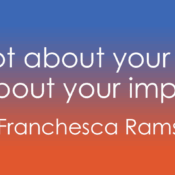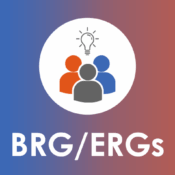
72% of Deaf People Will Not Vote For Inaccessible Candidates Running For Public Office
Candidates for public office spend thousands, if not millions, on campaigns to secure public office. However, one simple oversight could cost them thousands of votes.
A poll conducted by 2axend of more than 100 people shows more than 72 percent of Deaf, DeafBlind, Hard of Hearing and Late Deafened individuals will not vote for a candidate that does not caption their online videos, including live streams. Approximately 1 out of every 5 shared they did not know how they would vote and less than 7 percent said they would vote for a candidate that does not caption their videos.
These figures are reflective of the long-standing, ubiquitous concern that, due to lack of captioning, the deaf community does not have the same access to online content as non-deaf individuals.
Recognizing the importance of accessible and equitable campaigns, Wisconsin State Representative Jonathan Brostoff shared, “Accessibility is the lynchpin to democracy. Making sure that everyone can understand and participate in what's going on is vital and we need to make sure that as much information is getting to as many people as possible so we can have as much participation as possible in our democracy.”
At the end of the day, ensuring communication accessibility is an investment in your campaign for public office, especially as the voting bloc in question has the ability to alter election results.
Lisa Schur from Rutgers University confirmed in her research individuals who are Deaf, DeafBlind, Hard of Hearing and Late Deafened are as likely as people without disabilities to turnout and vote.*
To this end, as each state’s election processes vary, I’ll illustrate the potential impact of candidates for public office in Illinois failing to leverage untapped opportunities and ensure their campaign videos, including live streams, are captioned.
In 2014, Illinois had a record low voter turnout in the gubernatorial primary at 19 percent. If voter turnout remains the same in March 2018, there will be an estimated 86,008 registered Deaf, DeafBlind, Hard of Hearing and Late Deafened voters that will turn out at the 2018 primaries. This turnout would equate to more than 62,000 voters declining to vote for inaccessible candidate(s).
Furthermore, if voter turnout of 47 percent for the 2014 Illinois gubernatorial election remains the same for the 2018 election, we should also expect to see 212,758 Deaf, DeafBlind, Hard of Hearing and Late Deafened individuals turn out and vote. This will result in more than 155,000 voters declining to vote for inaccessible candidate(s).
Between 2008 and 2016, there was a 10 percent increase of registered voters who are Deaf, DeafBlind, Hard of Hearing and Late Deafened. These figures are expected to continue to grow, and there is no foreseeable end.
If you have questions about how to assess your campaign for accessibility and inclusion, please contact me at corey@2axend.com.
---
*Deaf, DeafBlind, Hard of Hearing & Late Deafened individuals are classified as ‘hearing impaired’ in the Census Bureau.



